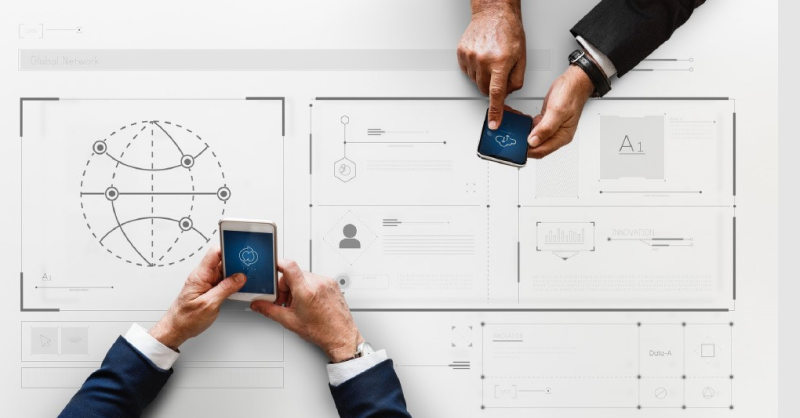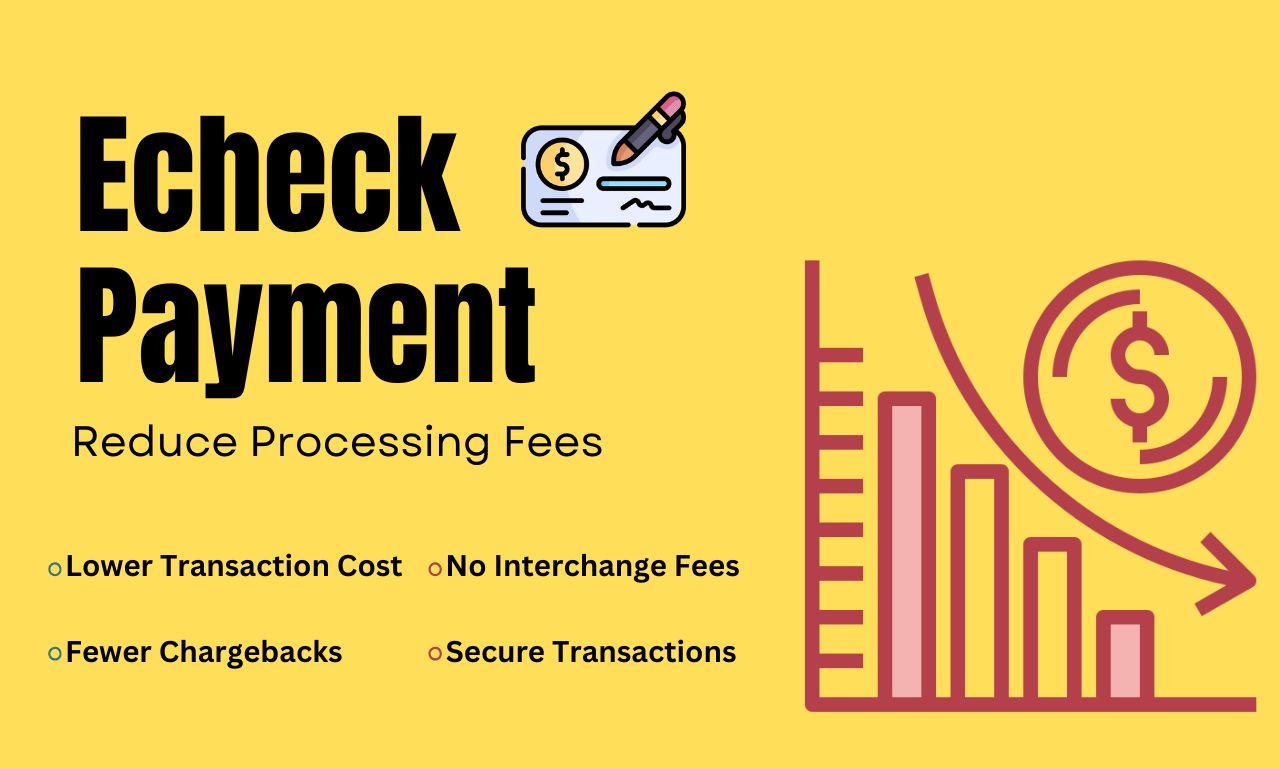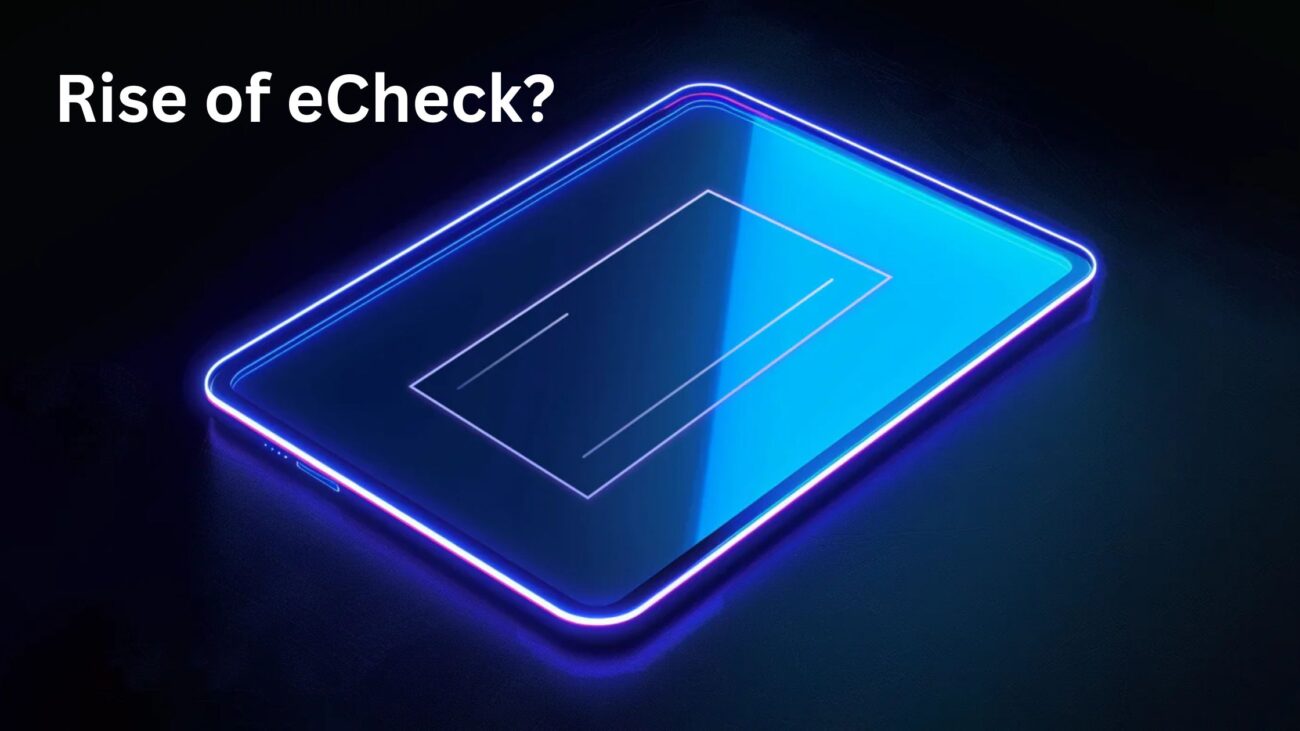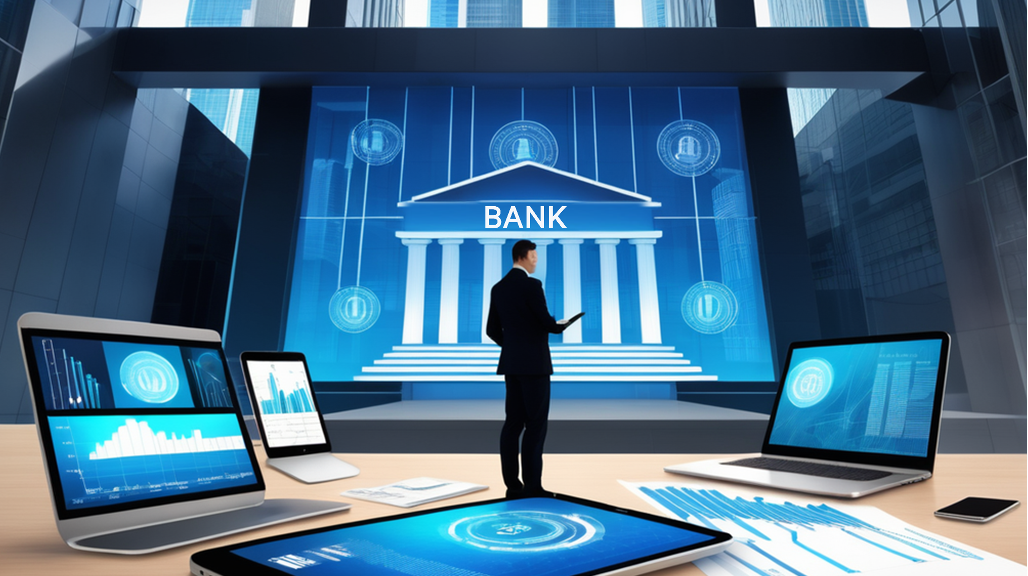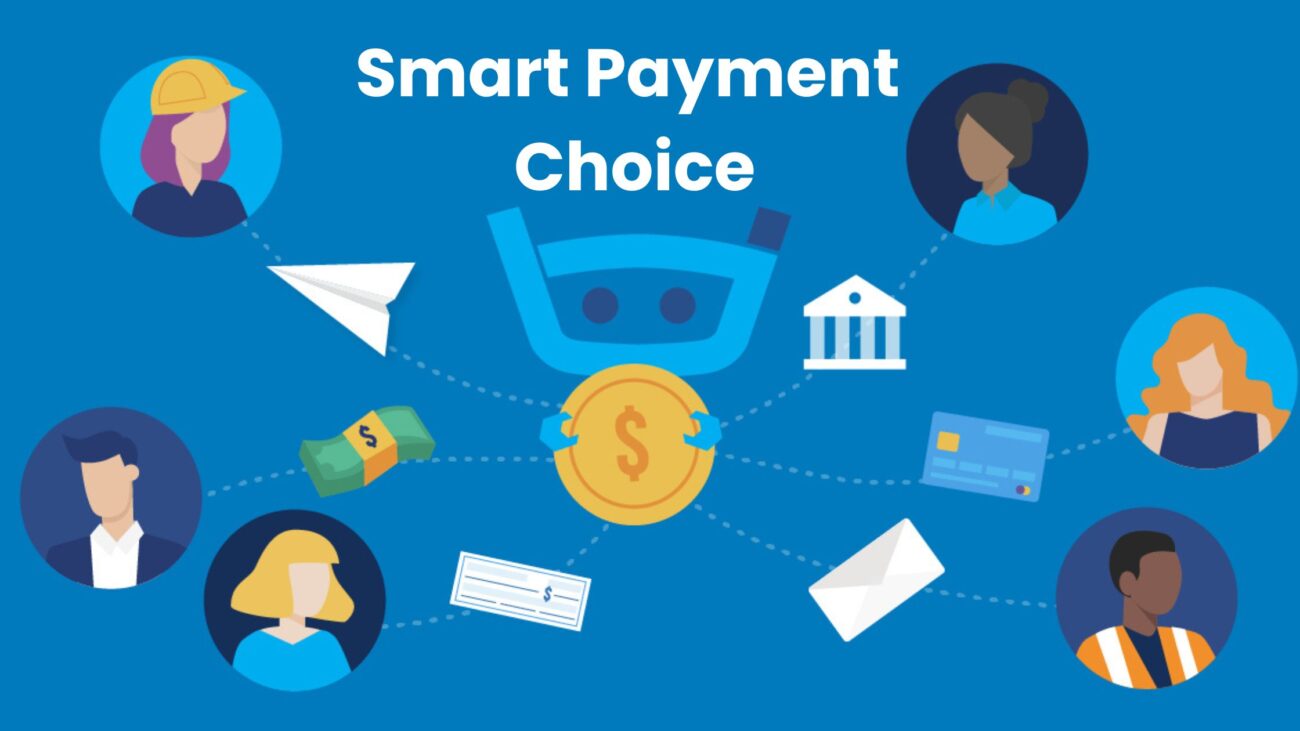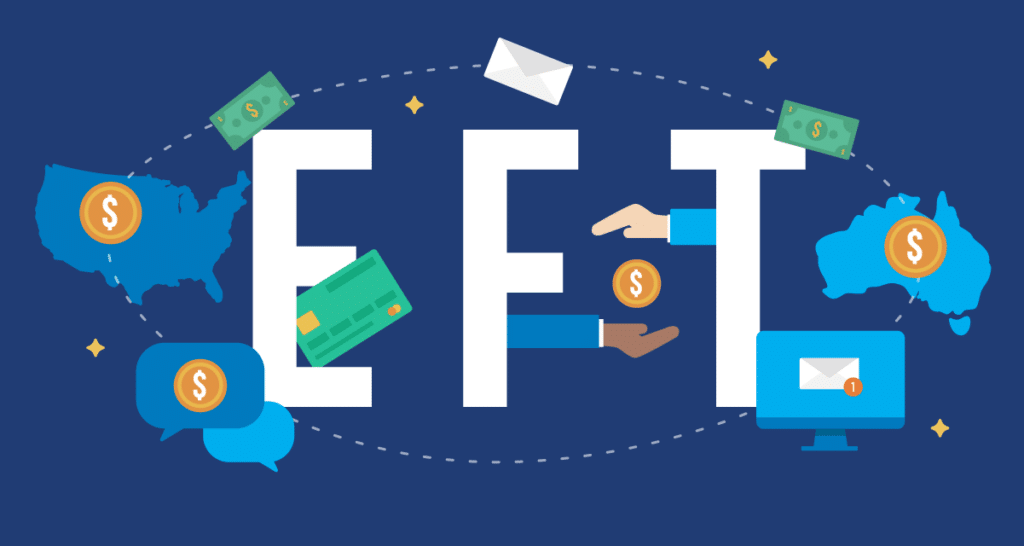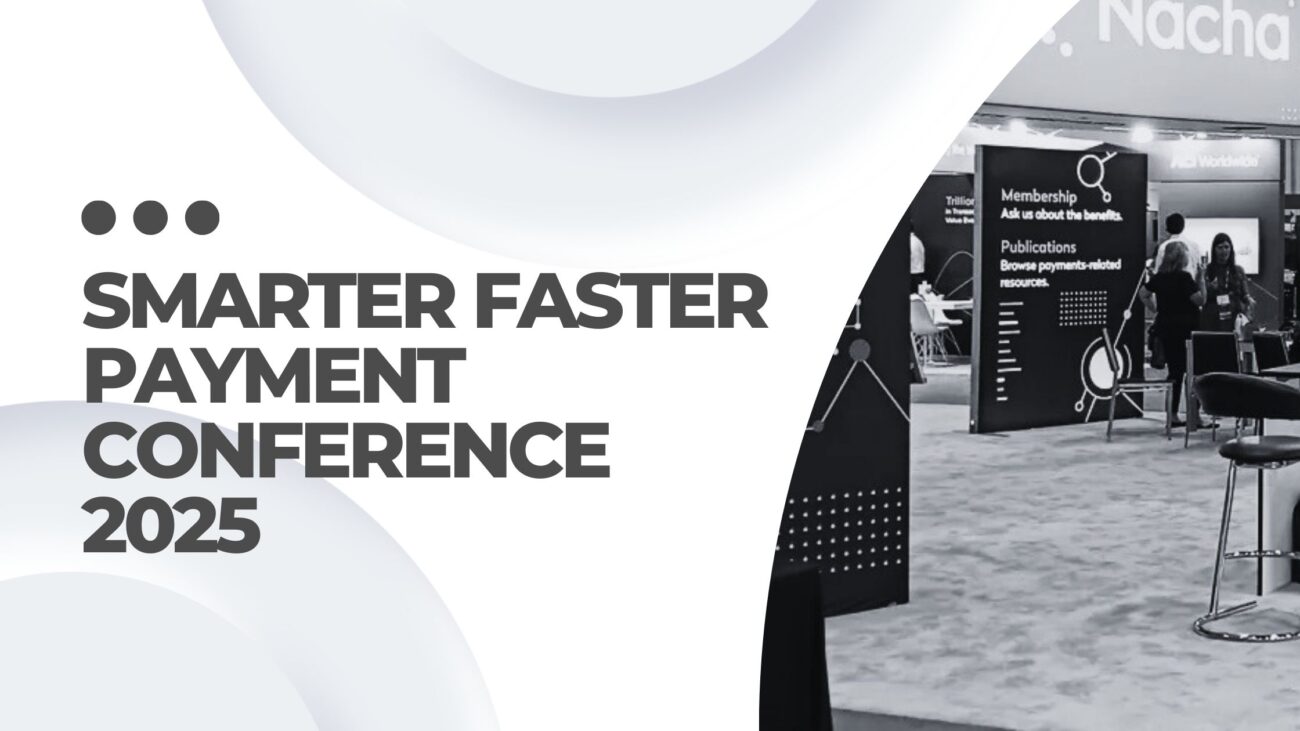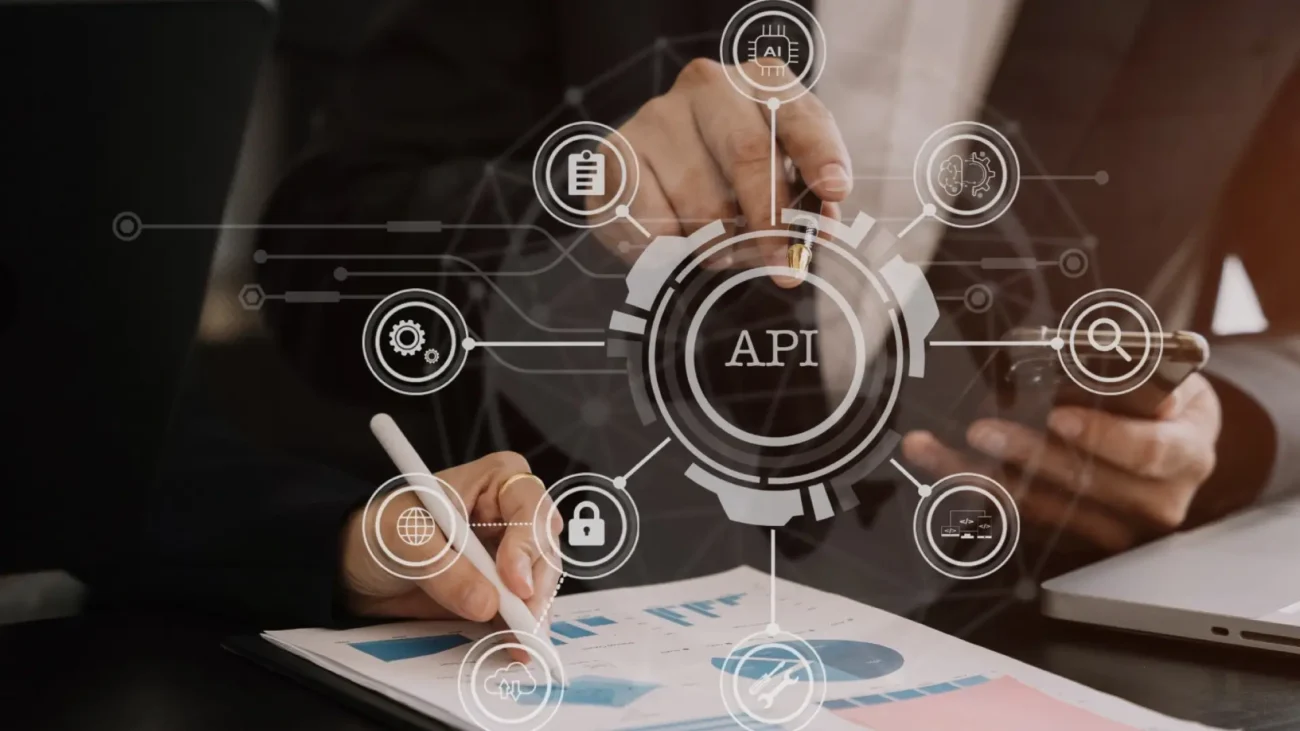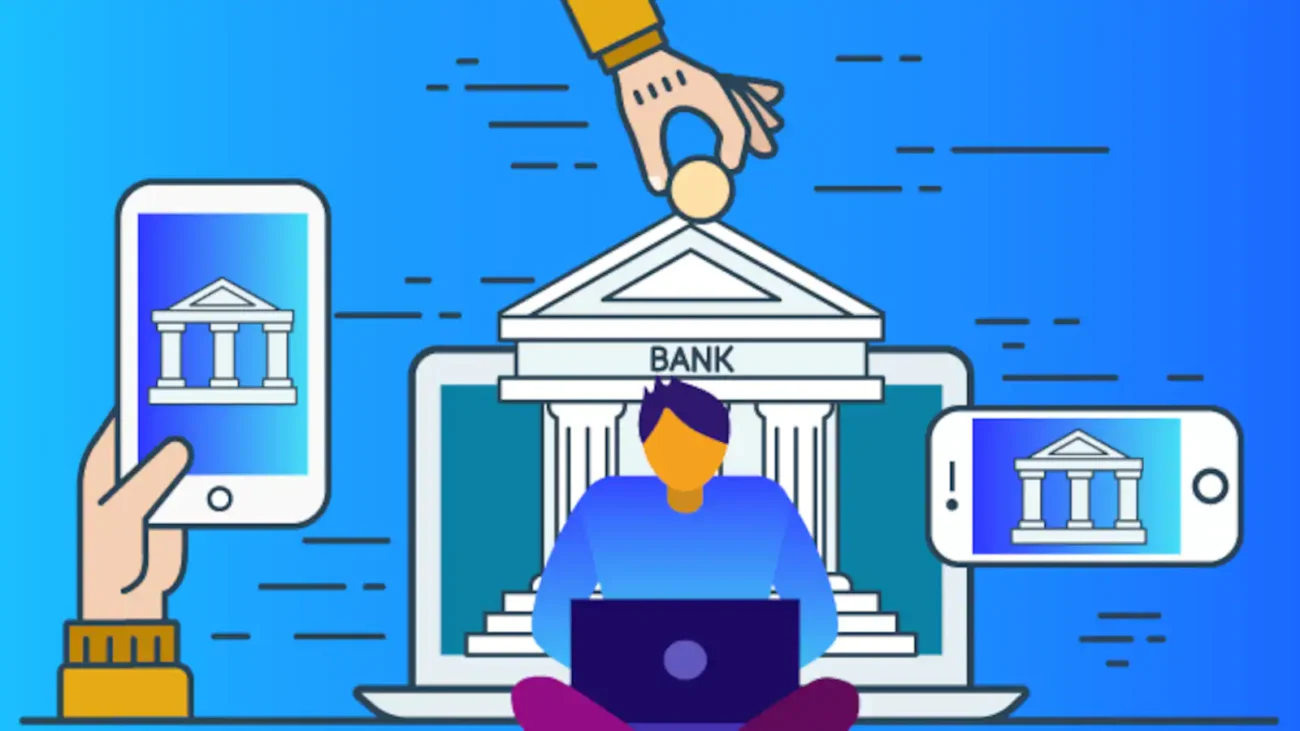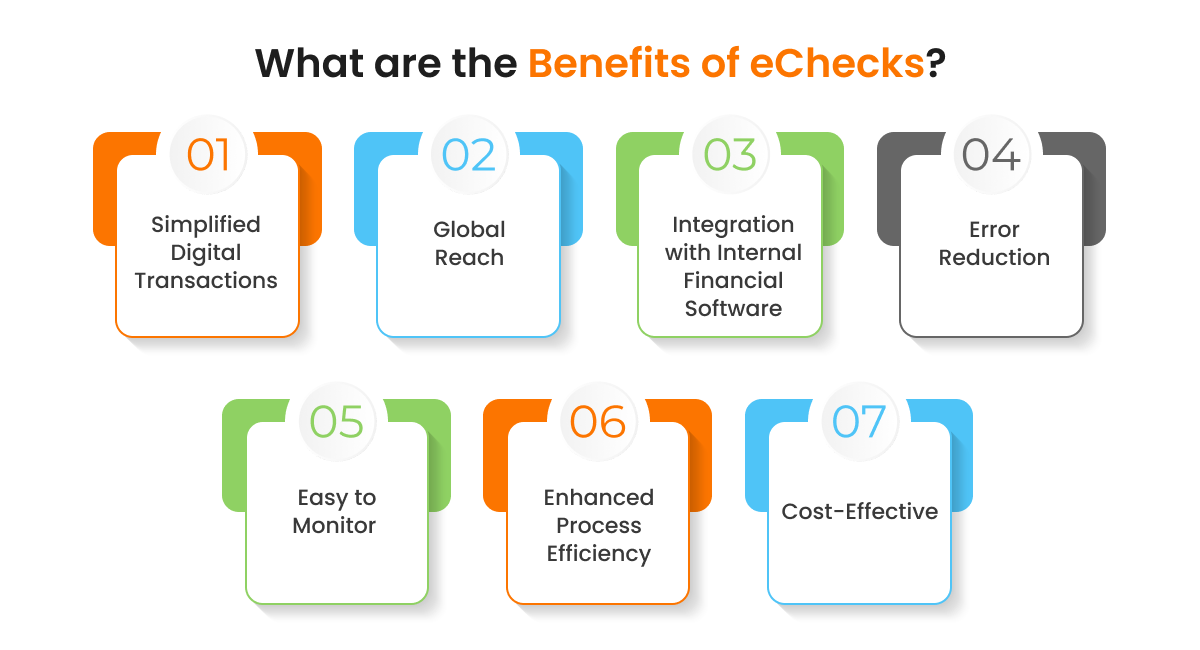Every e-commerce business strives to create a seamless shopping experience for customers. From intuitive product browsing to secure, hassle-free checkouts, every step matters. However, many businesses make the mistake of assuming that once their payment system is set up, their job is done. The truth is, optimizing your payment system is an ongoing process—one that can significantly impact trust, revenue, and customer satisfaction.
A truly optimized payment system ensures security, enhances user experience, integrates modern payment trends, and evolves alongside your business. Here’s how continuous improvement in payment systems can keep your business ahead of the curve.
Why Continuous Payment System Optimization Matters
E-commerce is constantly evolving. Customer expectations shift, new technologies emerge, and fraud threats adapt. If your payment system remains stagnant, you risk increased cart abandonment, security vulnerabilities, and a frustrating checkout experience.
Businesses that prioritize continuous payment optimization experience:
- Higher customer trust through robust security measures.
- Lower cart abandonment rates due to a smoother, faster checkout.
- More revenue by offering multiple, flexible payment options.
Studies show that companies that switch to more user-friendly payment platforms see up to a 35% reduction in abandoned carts. The message is clear: regular payment system updates drive measurable business growth.
Key Areas of Payment System Optimization
To keep your payment system efficient, secure, and user-friendly, focus on these three critical areas:
1. Security & Fraud Prevention
With cyber threats on the rise, security should be a top priority. A secure payment system protects both your business and your customers. Key security measures include:
- PCI-DSS compliance to ensure industry-standard security.
- Fraud detection tools using AI-powered risk analysis.
- Two-factor authentication (2FA) to enhance transaction security.
2. User Experience & Checkout Efficiency
A slow or complicated checkout process can drive customers away. Optimize the experience by:
- Offering one-click payments for returning users.
- Providing multiple payment options, including credit card processing, ACH, eChecks, and digital wallets.
- Ensuring mobile-friendly design, as over 50% of online shopping is done via mobile devices.
3. Integration with Emerging Payment Trends
Consumers expect modern payment options. Stay ahead by integrating:
- Cryptocurrency payments for early adopters.
- BNPL services like Klarna and Afterpay to attract budget-conscious shoppers.
- Biometric authentication, such as fingerprint or facial recognition payments.
Steps to Continuously Improve Your Payment System
Optimization isn’t a one-time task—it requires regular monitoring and updates. Follow these steps to ensure long-term efficiency:
Step 1: Monitor Payment Performance Metrics
Use real-time analytics from your payment gateway to track:
- Transaction success rates
- Abandoned cart percentages
- Payment processing times
Step 2: Gather Customer Feedback
Direct customer insights can pinpoint issues. Use:
- Surveys post-purchase.
- Support ticket analysis to identify common payment-related complaints.
Step 3: Stay Connected with Payment Providers
Payment processors often release updates that enhance security and performance. Engage with your provider regularly to take advantage of new features.
Step 4: Act Quickly on Industry Trends
New payment technologies emerge rapidly. Keep up with:
- Voice commerce, enabling transactions through Alexa or Google Assistant.
- Subscription payment management for businesses with recurring revenue models.
- AI-driven fraud prevention that detects suspicious activities in real-time.
Essential Tools for Payment System Optimization
Upgrading your payment processing system requires the right tools. Consider integrating:
- Fraud detection solutions like Stripe Radar or ClearSale.
- Comprehensive payment gateways such as Seamless Merchant to accept diverse payment methods.
- Analytics tools to assess checkout trends and optimize payment flow.
- Mobile-first payment solutions, ensuring smooth transactions on smartphones and tablets.
Preparing for Future Payment System Trends
The payment industry is advancing rapidly. Future-proof your system by embracing:
1. Biometric Payments
Fingerprints and facial recognition payments enhance security and speed up checkout.
2. Voice Payments
Smart assistants like Alexa and Google Home are making voice-activated transactions increasingly viable.
3. AI-Driven Payment Automation
Machine learning can predict fraud risks, personalize payment experiences, and improve transaction accuracy.
4. Blockchain & Cryptocurrency Integration
While not mainstream yet, businesses accepting Bitcoin and Ethereum are gaining a competitive edge with crypto-friendly consumers.
Driving Revenue Through Payment Optimization
A seamless, optimized payment system isn’t just about processing transactions—it’s a key driver of revenue, customer loyalty, and business growth. Continuous improvements lead to:
- Higher conversion rates by reducing payment friction.
- Stronger security to protect customers and reduce fraud losses.
- Better customer experience, fostering long-term brand loyalty.
Is Your Payment System Optimized?
If your payment system hasn’t been updated recently, now is the time to assess its efficiency. iPay Digital offers end-to-end solutions designed to simplify payment acceptance, enhance security, and ensure a seamless checkout experience.
Ready to upgrade your payment system?
Contact iPay Digital today and discover how our advanced payment solutions can take your e-commerce business to the next level.
Read more: https://ipaydigital.com/blog/10-proven-merchant-payment-solutions-to-skyrocket-your-online-sales/

